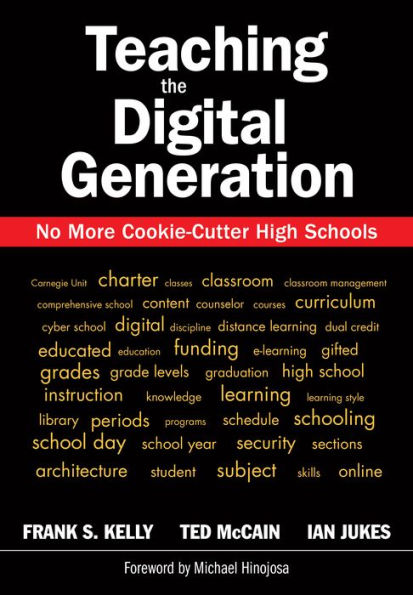An architect, Frank S. Kelly is senior vice president and director of planning/programming for the SHW Group, an architectural, planning, and engineering firm focused on architecture for education. SHW’s practice extends across much of the country, with offices in Texas, Michigan, and Virginia.
Kelly taught design in the School of Architecture at the University of Tennessee and has worked with architectural classes at both Texas A&M and Rice University. With particular interest in the relationship between instruction and facilities, much of his architectural experience has focused on the planning, programming, and design of K-12 schools. He frequently lectures at school conferences related to instruction and has written a number of articles for education journals. His projects have been recognized by design awards from the architectural profession and educational organizations. In 1984, he was elected to the American Institute of Architect’s College of Fellows for his work in design.
Ted McCain is coordinator of instructional technology for Maple Ridge Secondary School in Vancouver, BC. He also has taught computer networking, graphic design, and desktop publishing for Okanagan College, Kelowna, BC. He is the author of six books on the future, effective teaching, educational technology, and graphic design. In 1997, McCain received the Prime Minister’s Award for Teaching Excellence for his work in developing a real-world technology curriculum that prepares students for employment in technology directly out of high school. For the past twenty years, McCain has done consulting work for businesses and school districts on effective teaching for the digital generation and the implementation of instructional technology. His clients have included Apple Computer, Microsoft, Aldus, and Toyota, as well as many school districts and educational associations in both the United States and Canada. He is passionate in his belief that schools must change so that they can effectively prepare students for the rest of their lives.
Ian Jukes has been a teacher, an administrator, writer, consultant, university instructor, and keynote speaker. He is the director of the InfoSavvy Group, an international consulting group that provides leadership and program development in the areas of assessment and evaluation, strategic alignment, curriculum design and publication, professional development, planning, change management, hardware and software acquisition, information services, customized research, media services, and online training as well as conference keynotes and workshop presentations. Over the past 10 years, Jukes has worked with clients in more than 40 countries and made more than 7,000 presentations, typically speaking to between 300,000 and 350,000 people a year. His Committed Sardine Blog is read by more than 78,000 people in 75 countries.



